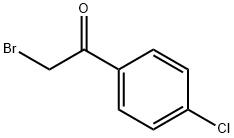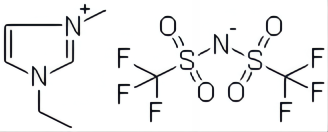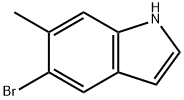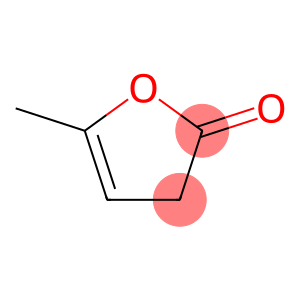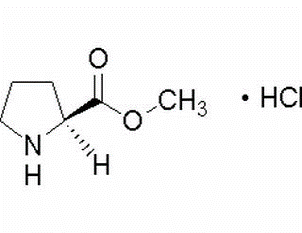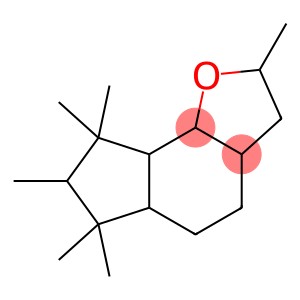α-Bromo-4-chloroacetophenone(CAS#536-38-9)
| Hazard Symbols | C – Corrosive |
| Risk Codes | R34 – Causes burns R22 – Harmful if swallowed R36 – Irritating to the eyes |
| Safety Description | S26 – In case of contact with eyes, rinse immediately with plenty of water and seek medical advice. S36/37/39 – Wear suitable protective clothing, gloves and eye/face protection. S45 – In case of accident or if you feel unwell, seek medical advice immediately (show the label whenever possible.) S27 – Take off immediately all contaminated clothing. |
| UN IDs | UN 3261 8/PG 2 |
| WGK Germany | 2 |
| RTECS | AM5978800 |
| FLUKA BRAND F CODES | 19 |
| TSCA | Yes |
| HS Code | 29147000 |
| Hazard Note | Corrosive/Lachrymatory/Keep Cold |
| Hazard Class | 8 |
| Packing Group | III |
| Toxicity | LD50 orally in mice: >2000 mg/kg (Dat-Xuong) |
Introduction
α-Bromo-4-chloroacetophenone is an organic compound. Here is some information about its properties, uses, manufacturing methods and safety:
Quality:
1. Appearance: α-bromo-4-chloroacetophenone is a white solid.
3. Solubility: It is soluble in organic solvents such as ethanol, acetone and carbon disulfide at room temperature.
Use:
α-bromo-4-chloroacetophenone has strong chemical reactivity and can be used as an important intermediate in organic synthesis.
Method:
The preparation of α-bromo-4-chloroacetophenone can be carried out by the following reactions:
1-bromo-4-chlorobenzene is reacted with acetic anhydride in the presence of sodium carbonate to generate 1-acetoxy-4-bromo-chlorobenzene. It is then reacted with methyl bromide in the presence of a solvent to produce α-bromo-4-chloroacetophenone.
Safety Information:
Avoid contact with the skin, avoid inhaling its vapors, and use in a well-ventilated environment.
When storing and using, keep away from fire sources and high-temperature environments to avoid the production of flammable or toxic gases.
When disposing of waste, the requirements of local environmental regulations should be adhered to to ensure proper disposal.


